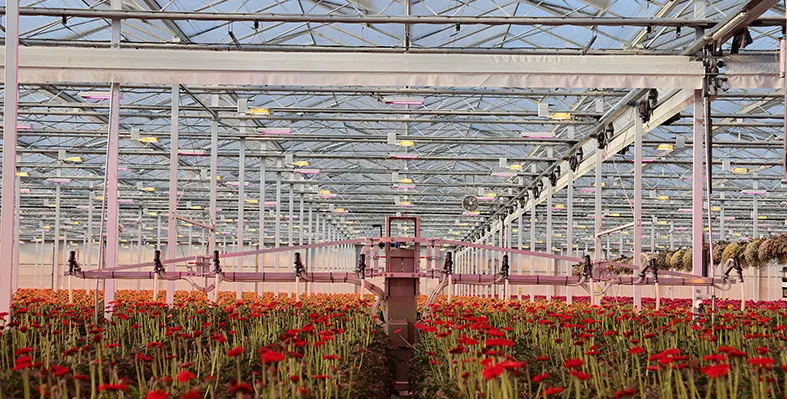
The main agenda of the new vision is to transform the Expanded Public Works Programme from temporary job relief to a skills-based employment pipeline.
The Select Committee on Public Infrastructure has praised the Department of Public Works & Infrastructure for its strategic and annual performance plans for the 2025/26 financial year
The committee Chairperson, Rikus Badenhorst, said, "This is not a mere tweak of the department, but a fundamental shift in how it understands and executes its core mandate. Minister Macpherson's agenda marks a critical departure towards a department that catalyses infrastructure-led growth, a partner in job creation, and a driver of economic recovery."
Dean Macpherson, Minister of Public Works & Infrastructure, presented these plans, highlighting their alignment with the National Development Plan & commitment to economic recovery and job creation.
The main agenda of the new vision is to transform the Expanded Public Works Programme (EPWP) from temporary job relief to a skills-based employment pipeline, with a budget of R7.2 billion to create long-term, dignified jobs. Rikus highlighted the importance of this shift for restoring human dignity and economic resilience. The committee also supported the department’s initiatives for urban regeneration and optimising state assets to enhance public value.
While in conversation with Macpherson, Badenhorst said, "It is clear that you bring political will to the table. This committee will match it with rigorous oversight, constructive engagement, and institutional support. Together, we can turn this department, and indeed South Africa, into a construction site of progress.”
Badenhorst expressed confidence in the Ministry's leadership and the committee's readiness to provide oversight and support in driving these reforms for South Africa's progress.








